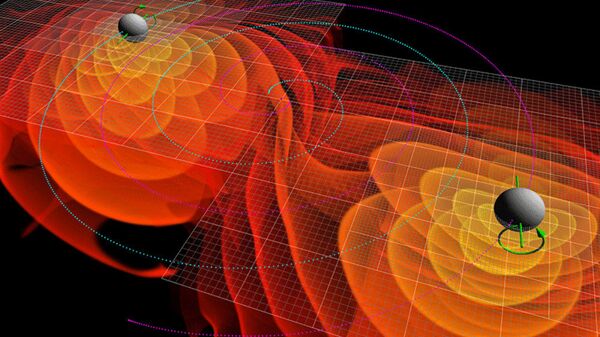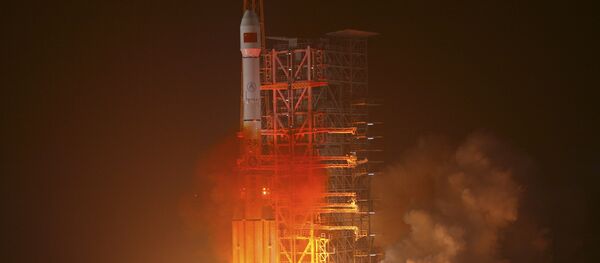Russian scientists could potentially join the Chinese TianQin project aimed at detecting the phenomenon of gravitational waves in space, member of the Sternberg Astronomical Institute (GAISh) Vadim Milyukov announced. According to him, the Russian Academy of Sciences (RAS) and the Roscosmos State Corporation for Space Activities have decided that a meeting with their Chinese colleagues should be organised in order to discuss the possibility of collaboration on the TianQin project.
"After such a meeting, where, as I hope, [Russia and China] will find common ground, this project can be put up for a discussion in the RAS council on space", Milyukov said.
Okay, so gravitational waves: when they ripple spacetime itself, I'm assuming that's infinitesimally small,relatively speak, will it nudge a free throw basketball shot/any newtonian classical mechanics earth event? Do ripples affect objects individually or are we...a simulation? pic.twitter.com/k56fyCebvS
— genghis galahad 🗽🐦 (@genghisgalahad2) October 25, 2019
As part of the TianQin project, China plans to deploy three space telescopes by 2030 that will be capable of detecting gravitational waves. These waves were first detected by twin Advanced Laser Interferometer Gravitational-Wave Observatories (LIGO) in September 2015, although the existence of the phenomenon had been predicted decades earlier in Albert Einstein's general theory of relativity. The researchers who detected and studied the waves in 2015 were later awarded the Nobel Prize in Physics.
Gravitational waves are essentially wave-like disturbances in space-time caused by the acceleration of masses capable of generating gravitational fields. The LIGO detectors observed the merger of two black holes when they detected the phenomenon in 2015. According to a simulation of the process, at the precise moment when the two cosmic bodies finally merged into one, a series of waves went through their combined gravitational field like a ripple in water.




